The E-Series cameras from FujiFilm are, as I have come to realize, are simply complex. The E-500/510, E-900 and Fujifilm E-550 that sits between the two are both progression and compromise exemplified. I don’t get it. In some areas each model is more capable than the last, but in others, the cameras are less capable. Overall though, the E-550 falls right between the basic entry level E-500 and advanced E-900. More or less, this is a good thing.
The camera, like its siblings, is elegant, simple and function defined.
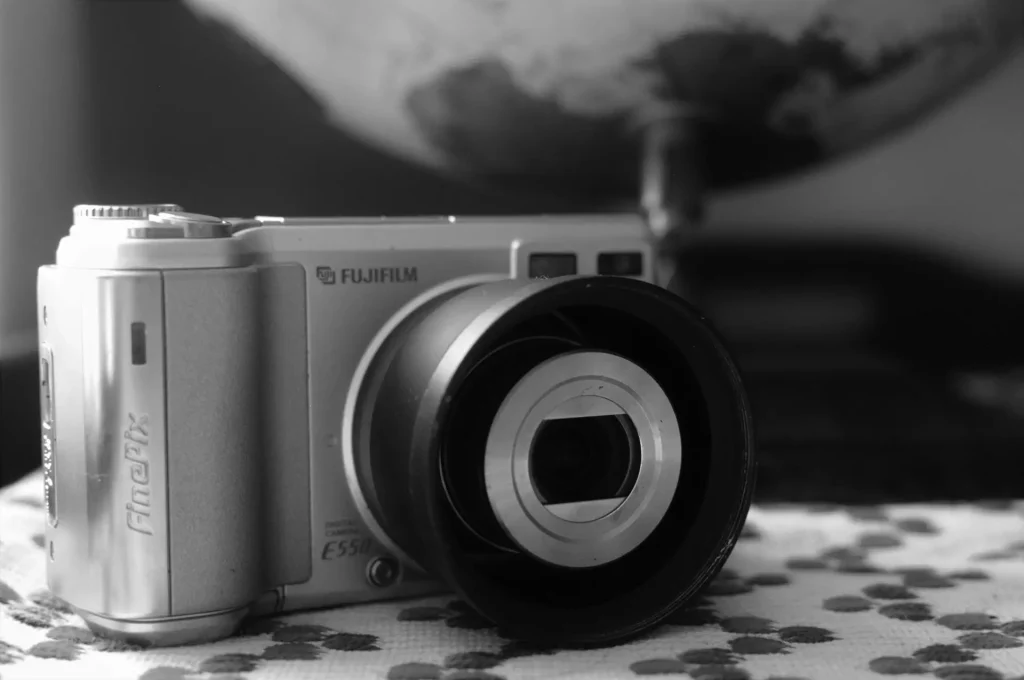
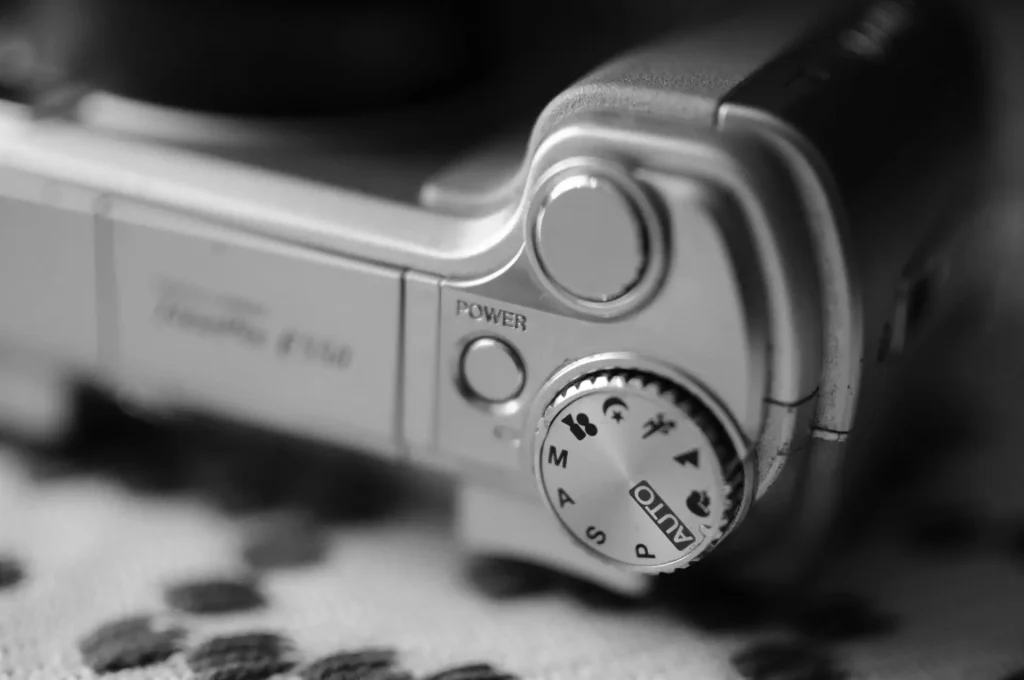
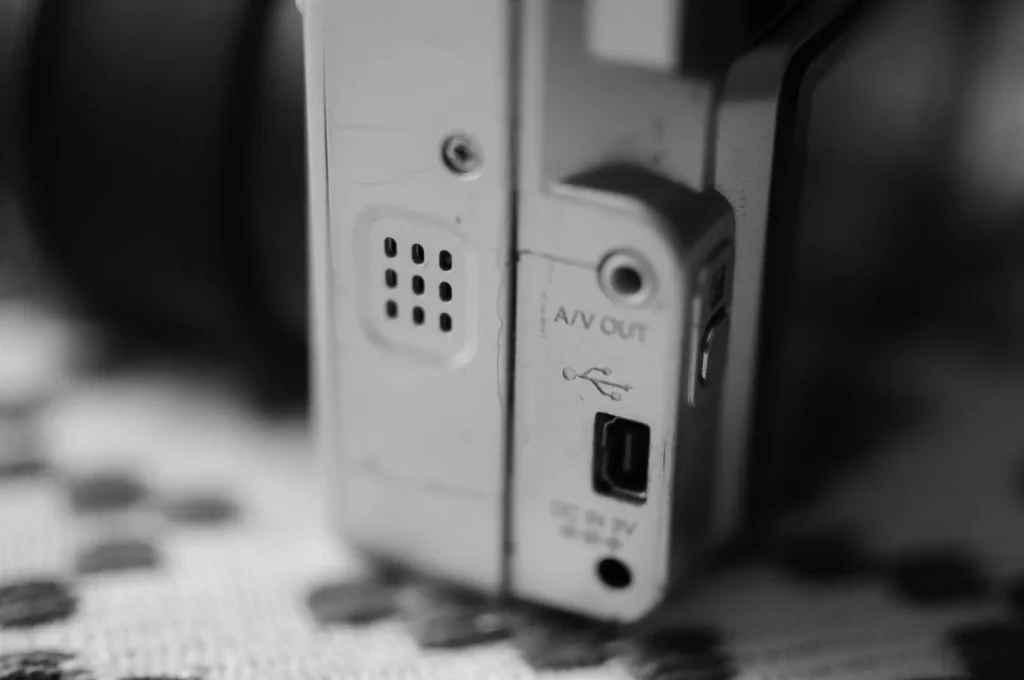
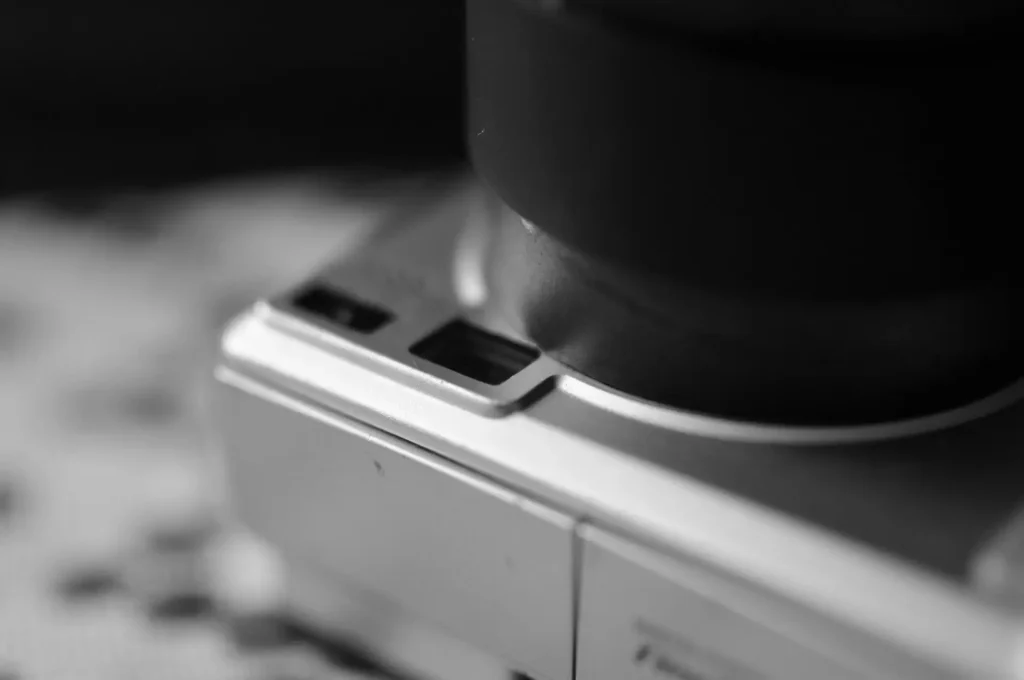
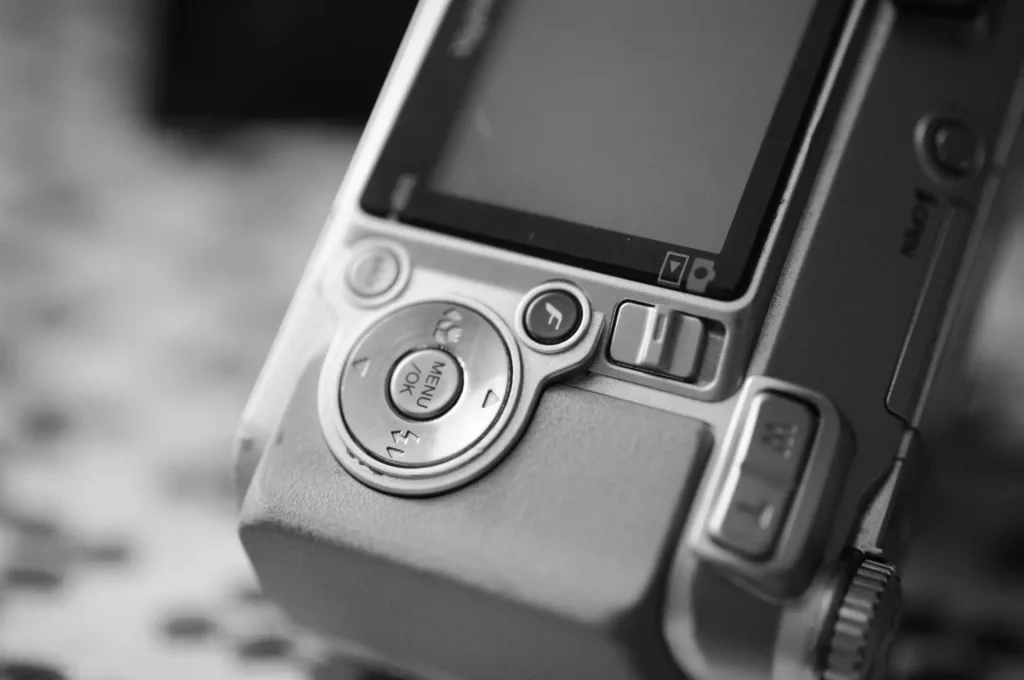
Exposure Capabilities
In a general sense, the Fujifilm E-550 provides a decent experience to the user. The camera includes Manual, Aperture Priority, Shutter Priority and Program exposure modes. Not bad. And of course, AUTO and other SCENE modes are present. The camera was designed for both novices and advanced users alike.
Field Note: My family and I headed out to the Boardman River this afternoon to enjoy some overcast skies.and cool temperatures. I had planned to capture a small waterfall that leads into the main body of water. Overcast skies are perfect for this. I brought along my ND-1000 filter to really slow down the waters movement. As it turns out, the E-550 only exposes to 3 seconds…about 5 seconds too short for the preferred manual exposure at ISO 80 (base ISO). The E-900 has greater exposure latitude. I ended up compromising, and had to increase my ISO to 200. Shucks. Though in all fairness, most users will never use a ND-1000 filter.
Image Quality
Dynamic range, blown highlights and barrel distortion be damned. ‘It’s a small sensor’; ‘noise is the devil’–at least that is the impression I get from online sites. I don’t see this as a bad thing. I see this as a challenge to the status quo. Small sensors have been, and always will be relevant (smartphone cameras–eh?). The camera offers various JPEG file sizes in addition to RAW capture. In reality, image quality is what you make of it. Everyone sees the world through their own eyes.
And yes, as others online have asserted, JPEGS from this (and other FF cameras) camera are quite acceptable on their own merits. Honestly, I edit the JPEGs to great success. But as I always say, image quality is highly subjective. Memory Quality is more important (at least to me).
Think about it: who ever looks at an image, and immediately thinks “just look at that image noise…and that distortion…the photographer ought to be ashamed of themselves!”
Save a few… Likely 90% of photographers do not think about this. Photography has traditionally been about memories. Not about image quality. Right?
Fujifilm E-550 Image Gallery
This first set of images are from Munising (@Pictured Rocks), Upper Peninsula, Michigan
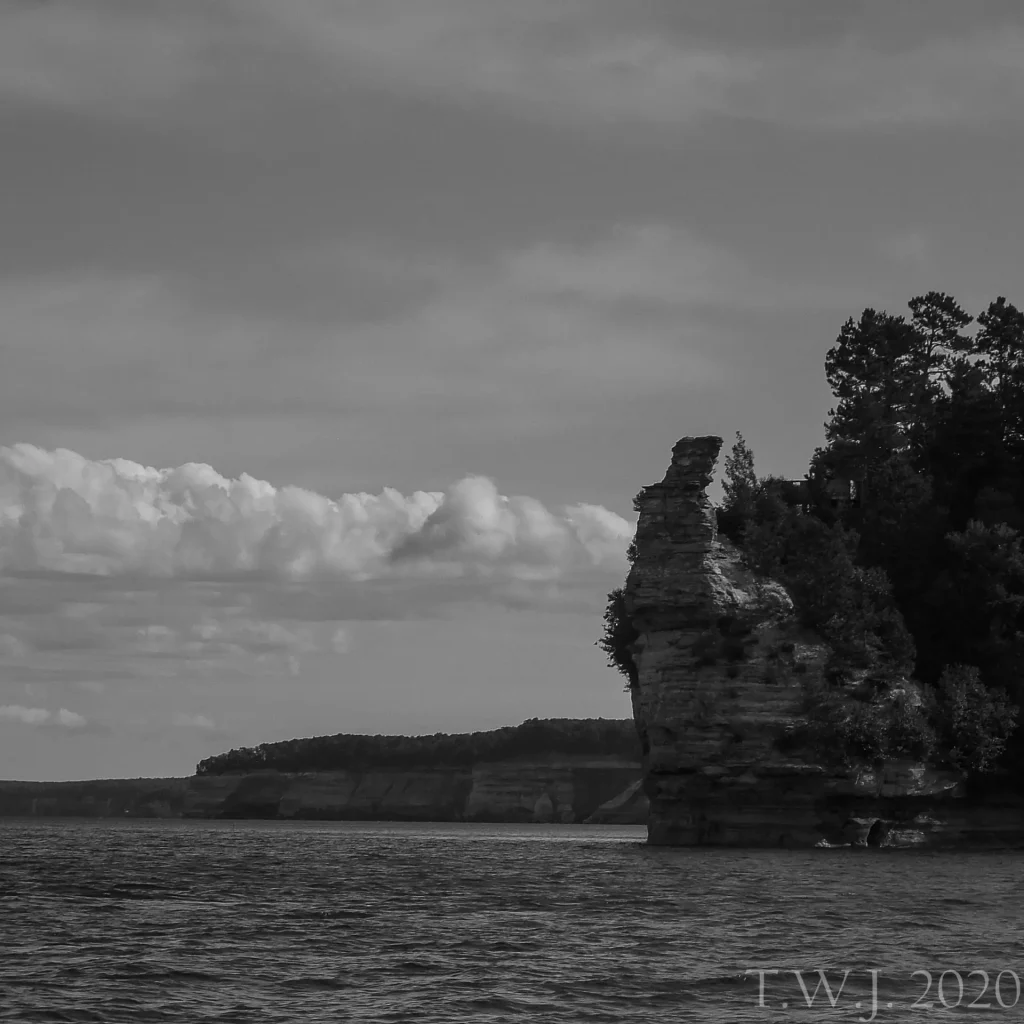
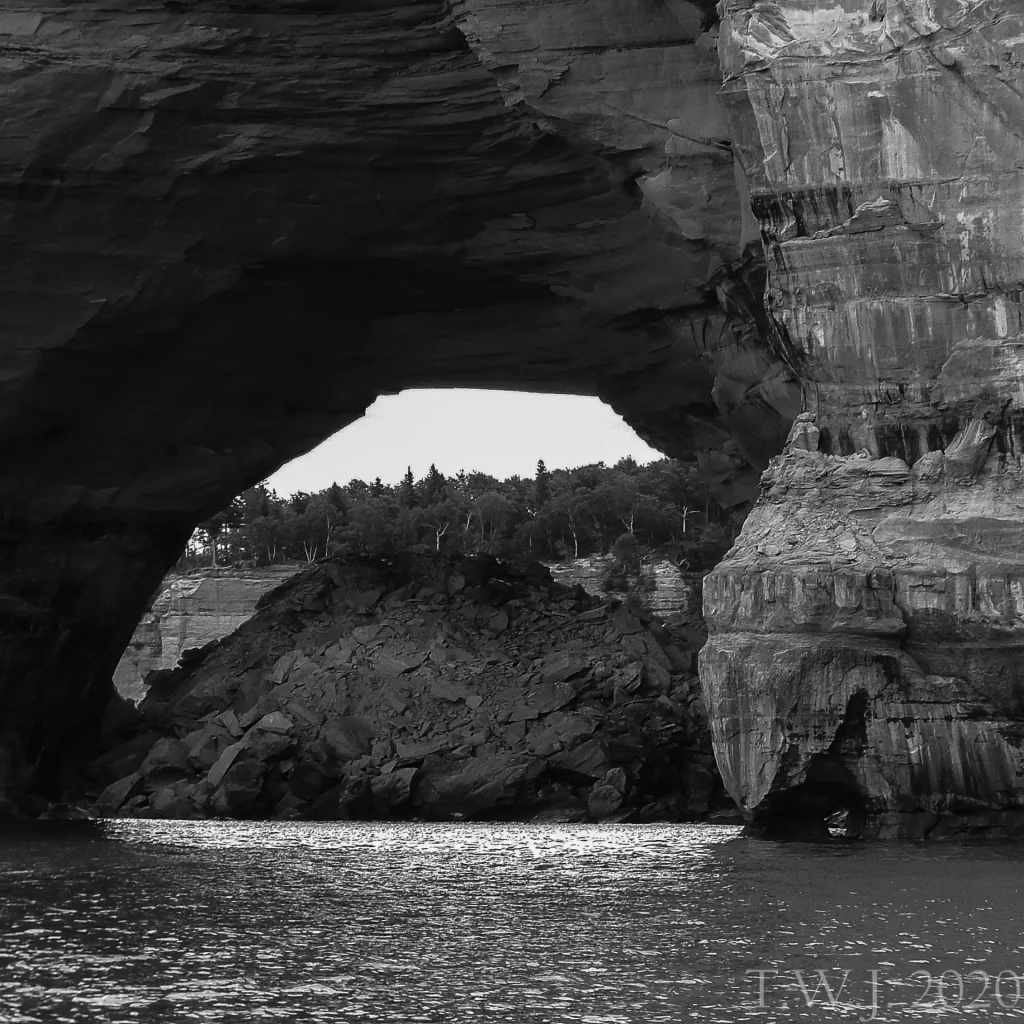
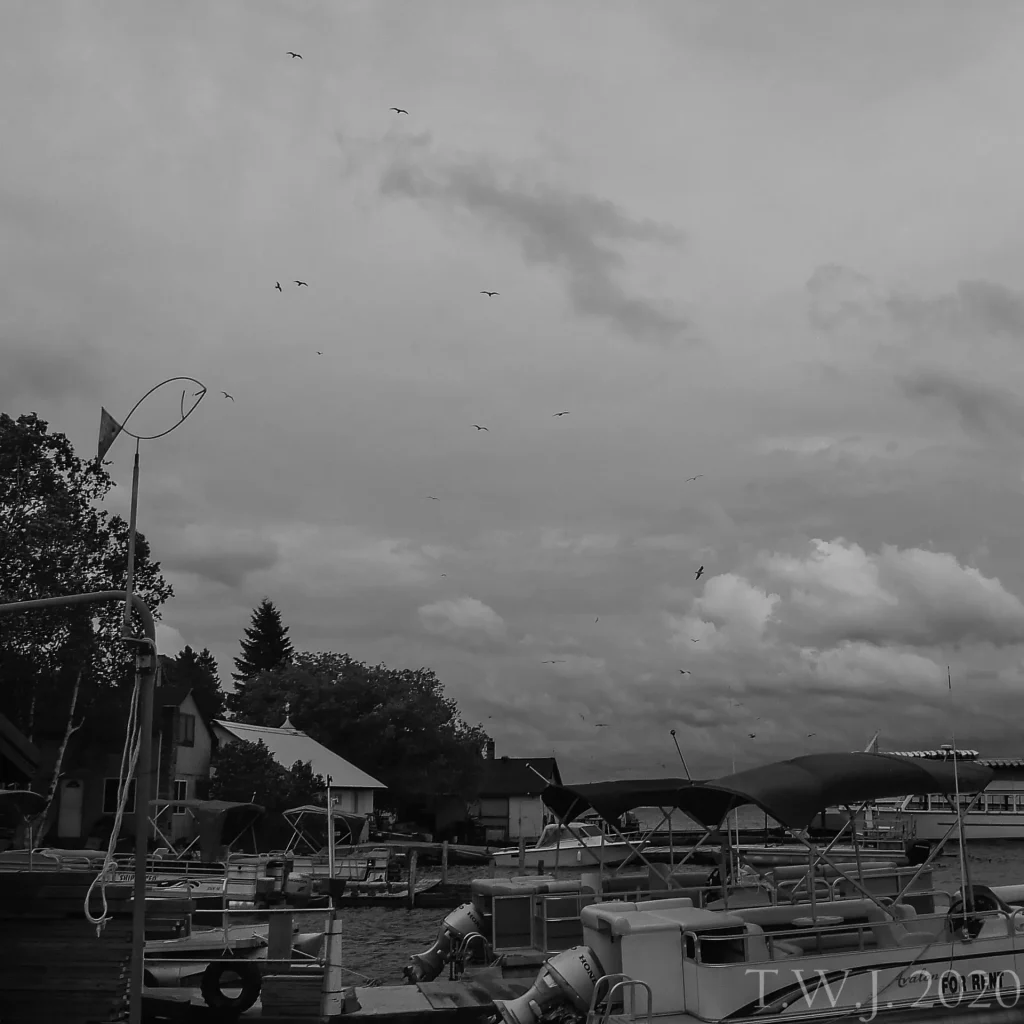
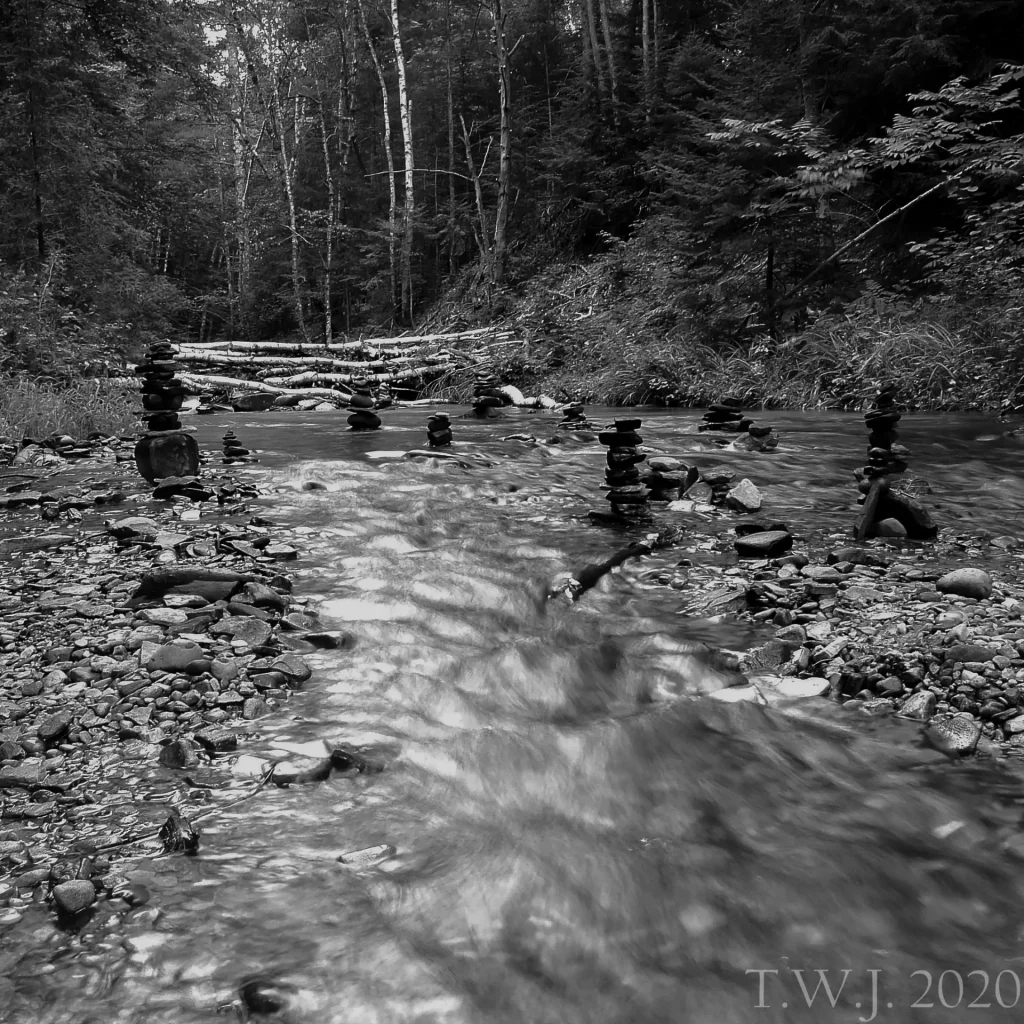
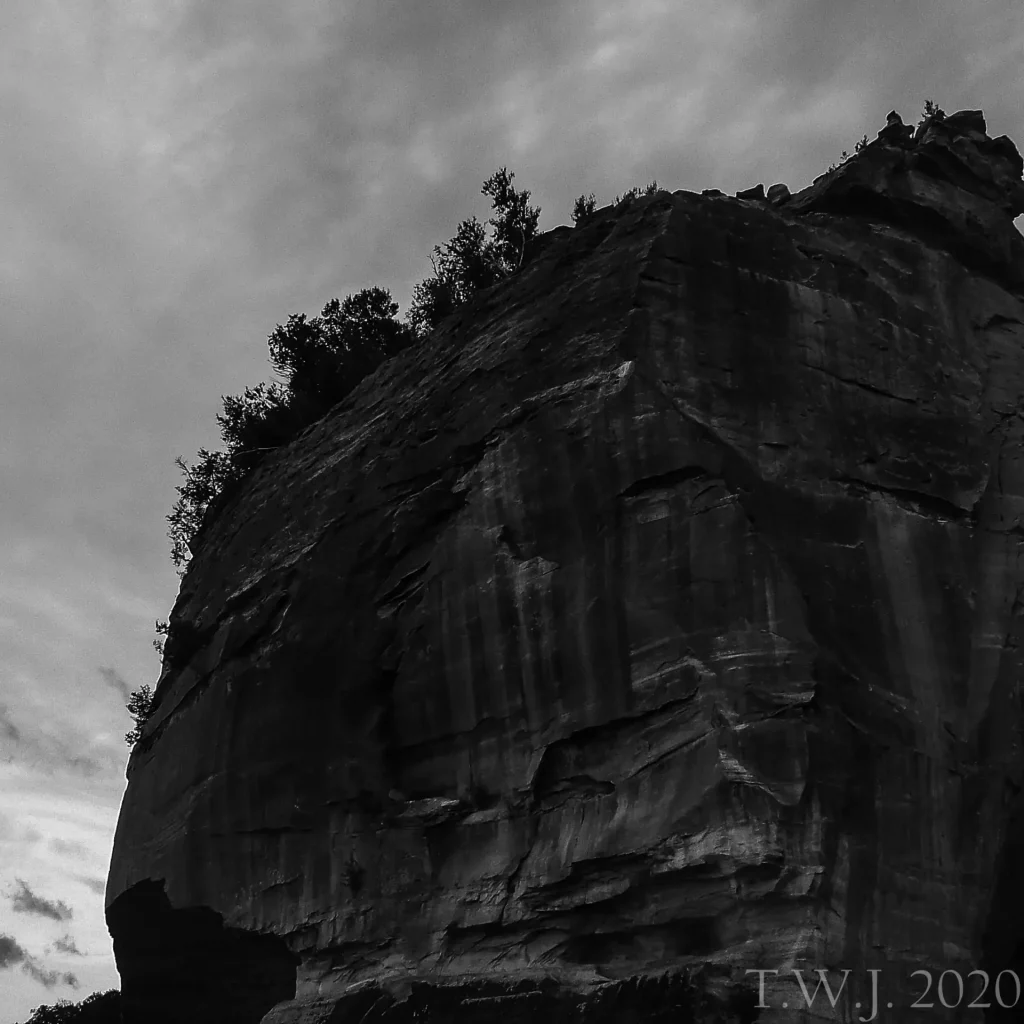
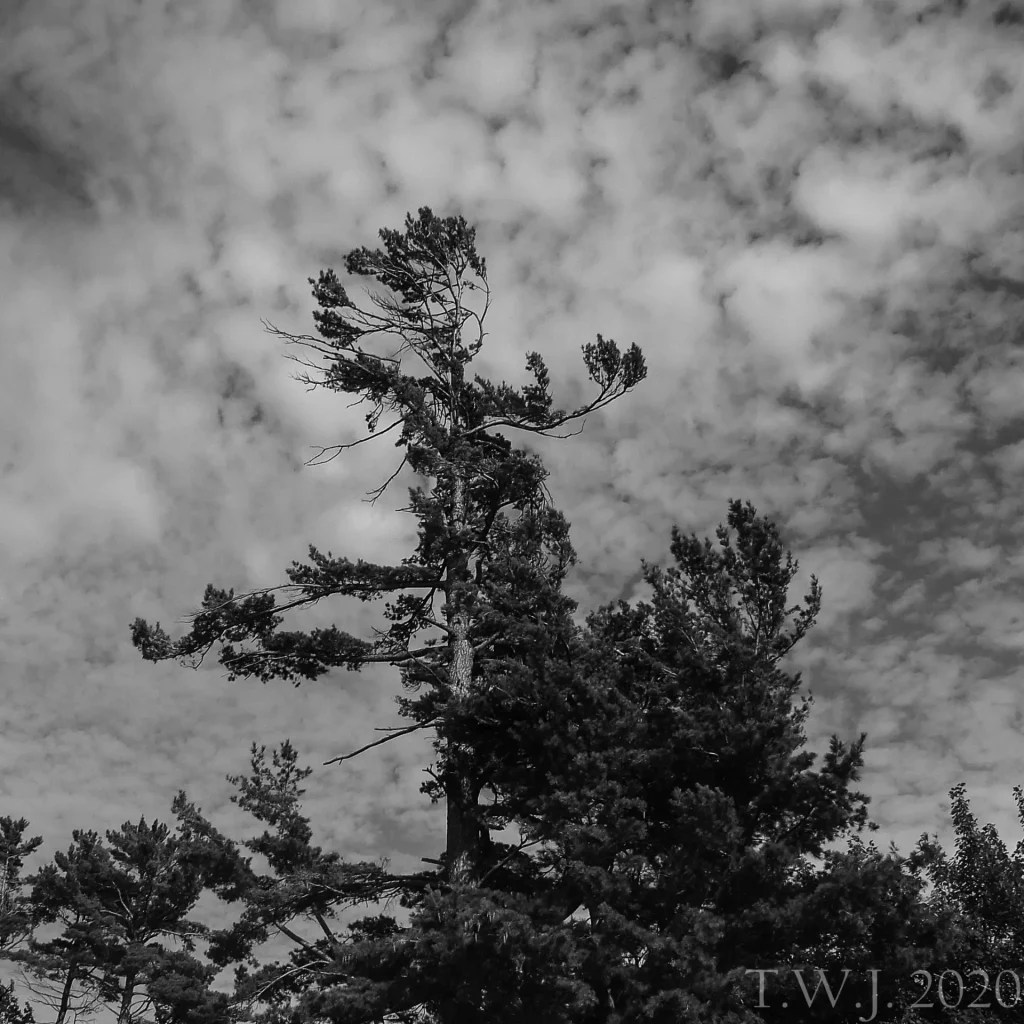
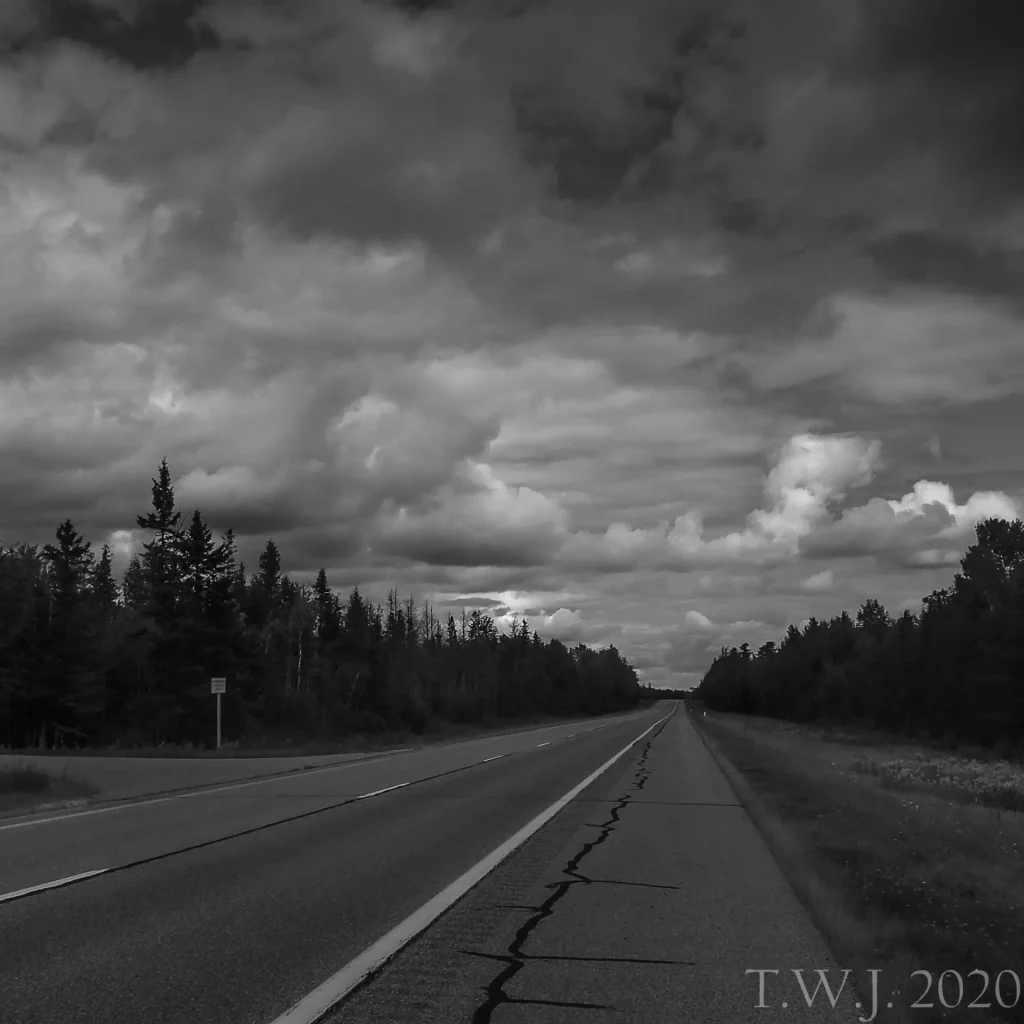
This set are Brown Bridge Quiet Area, Traverse City, Michigan
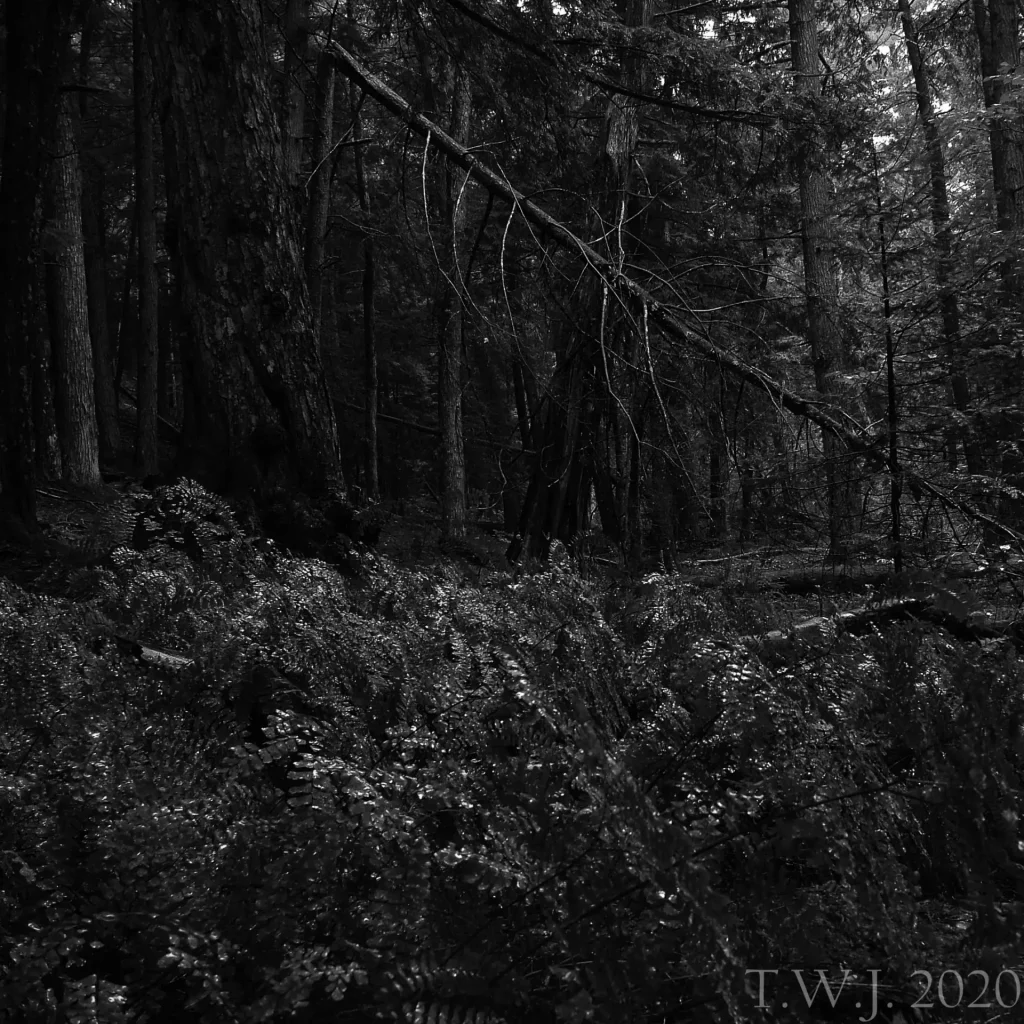
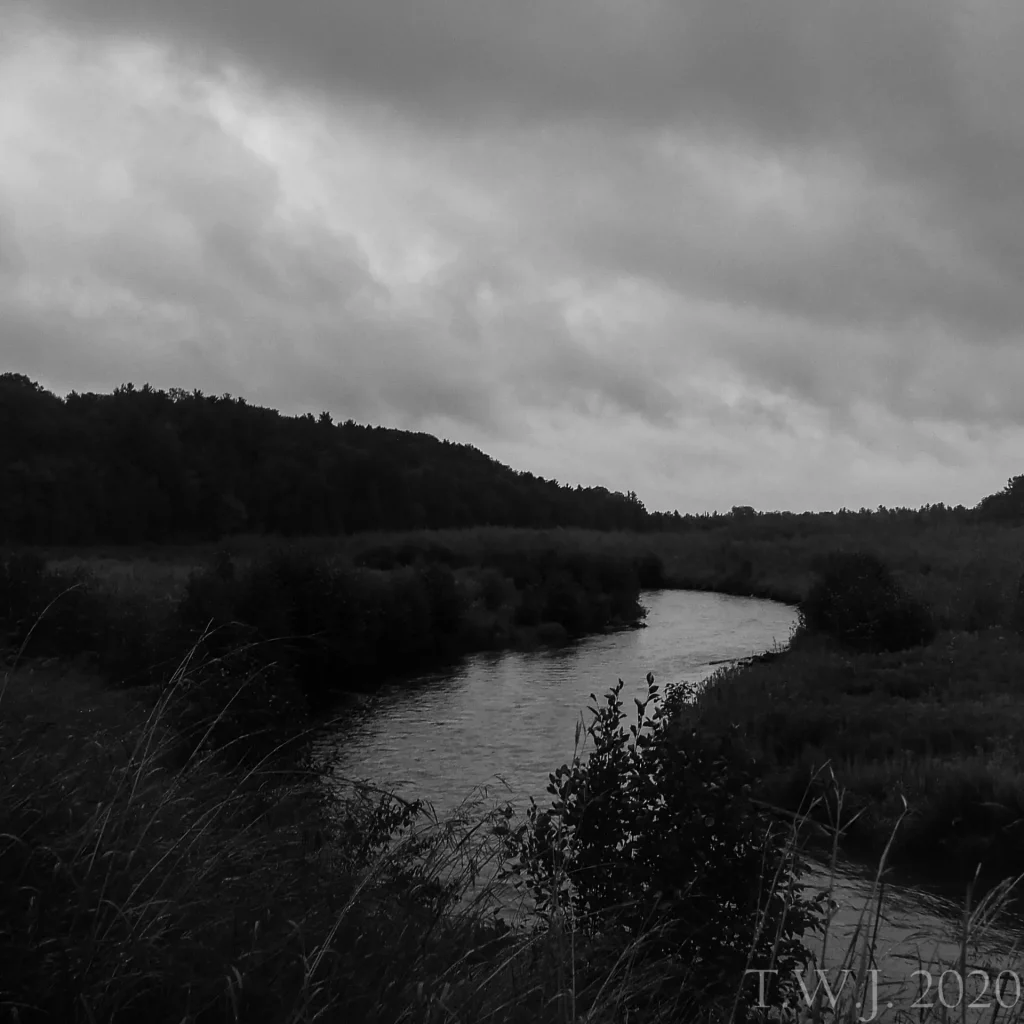
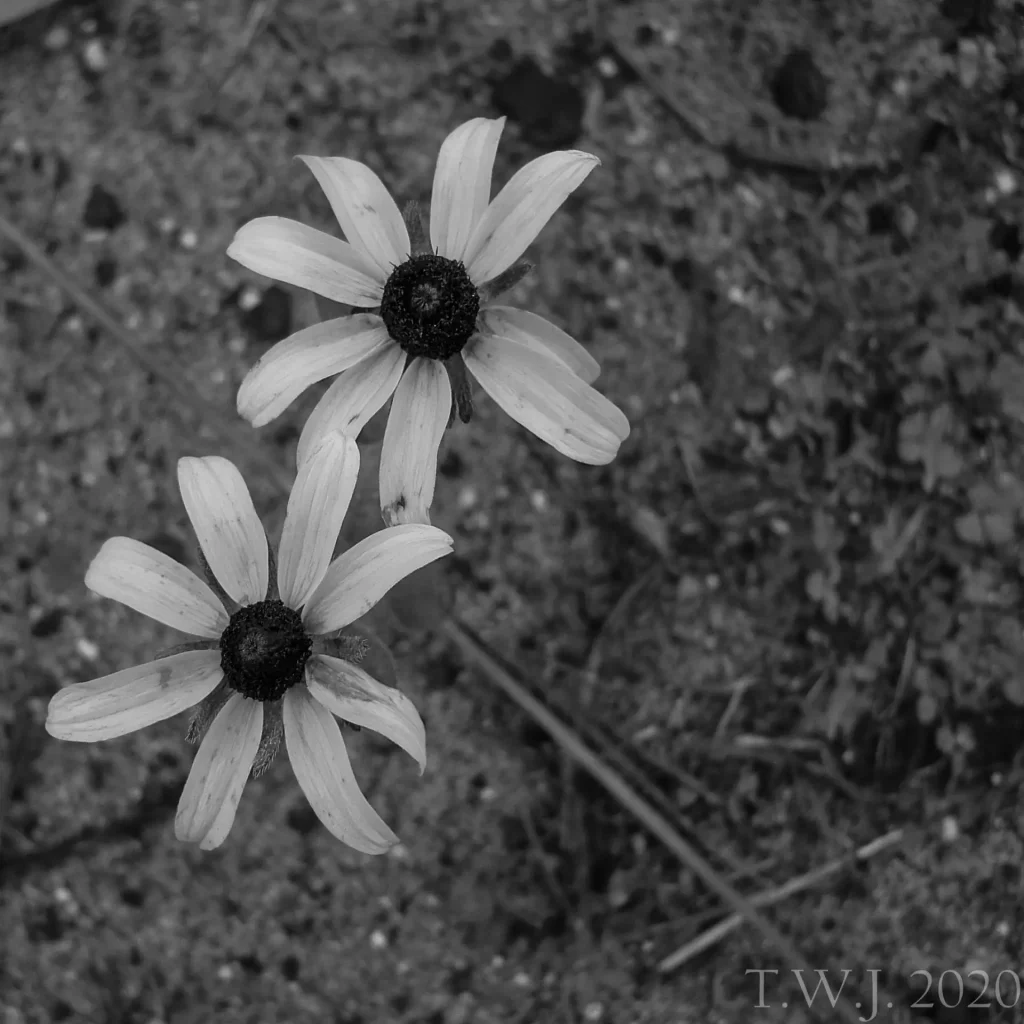
And Finally, Boardman River Trail
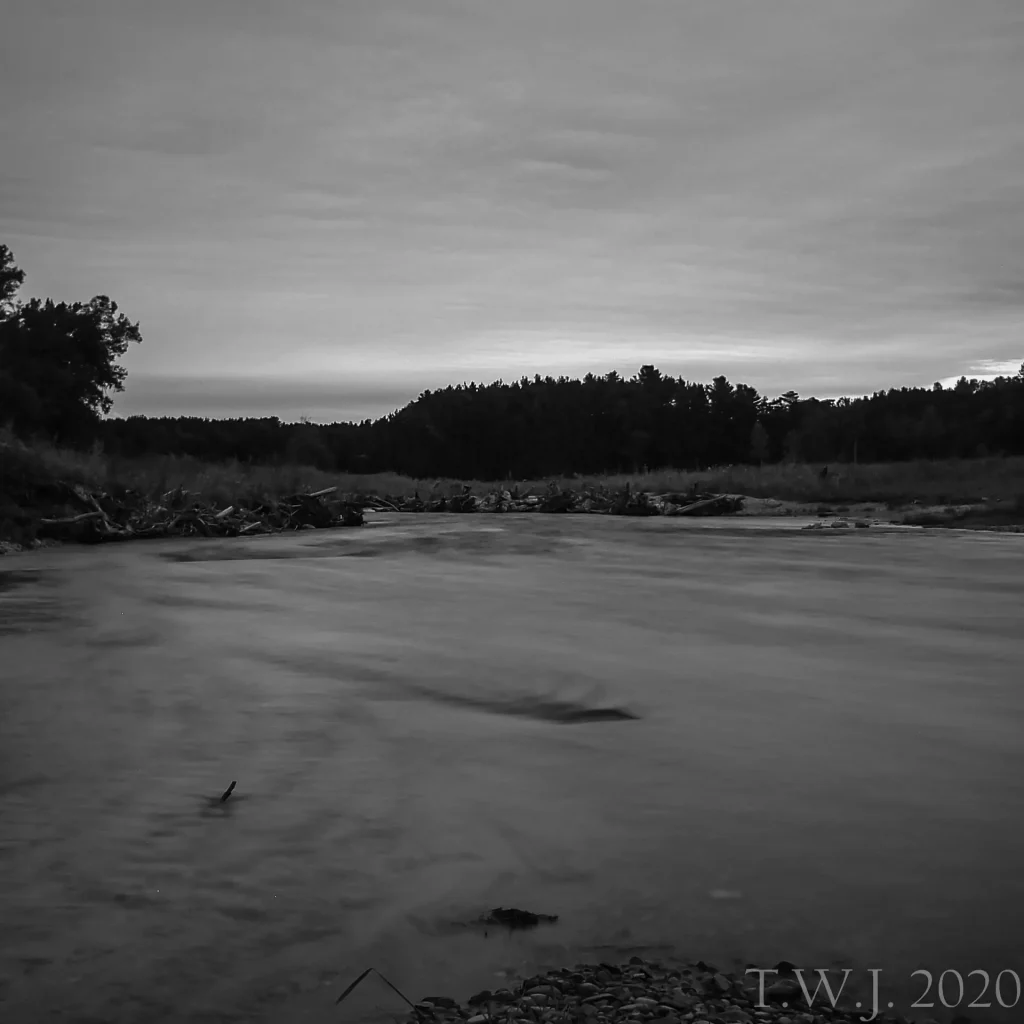
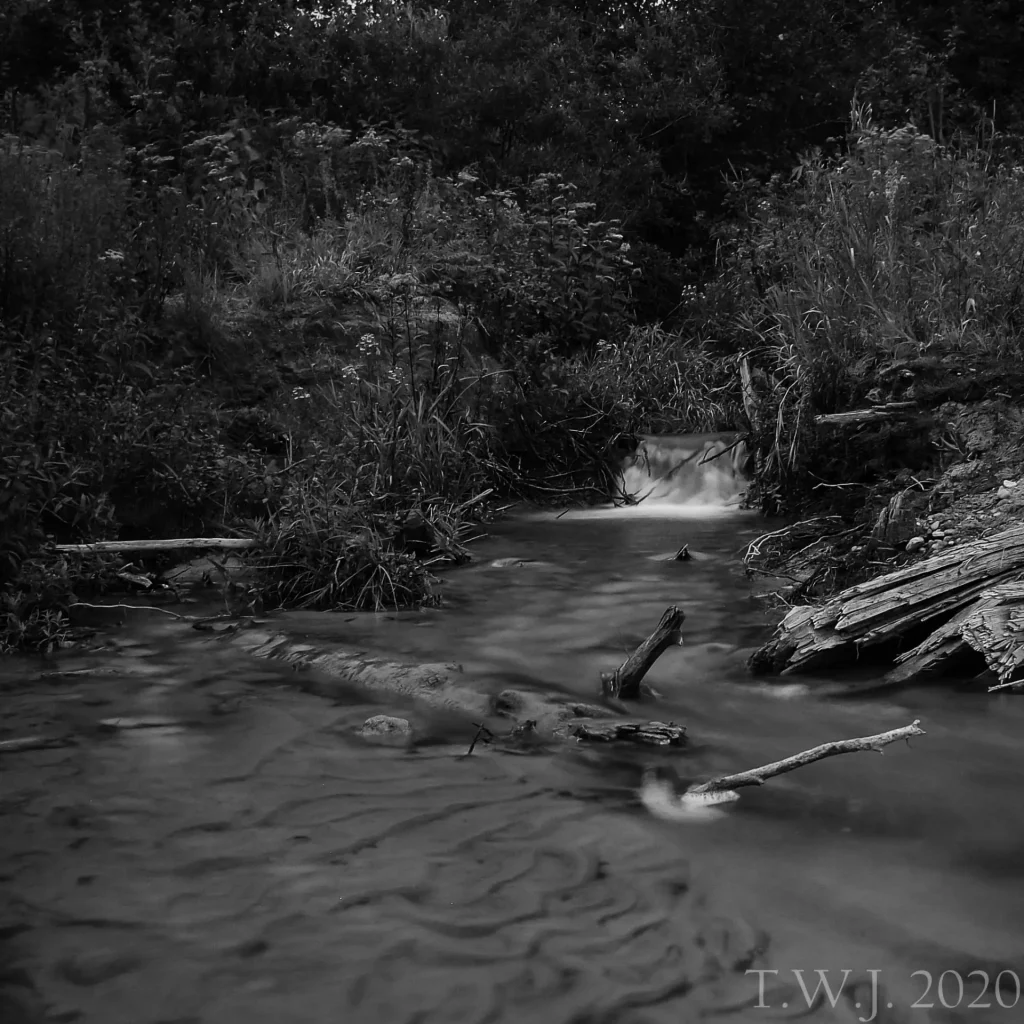
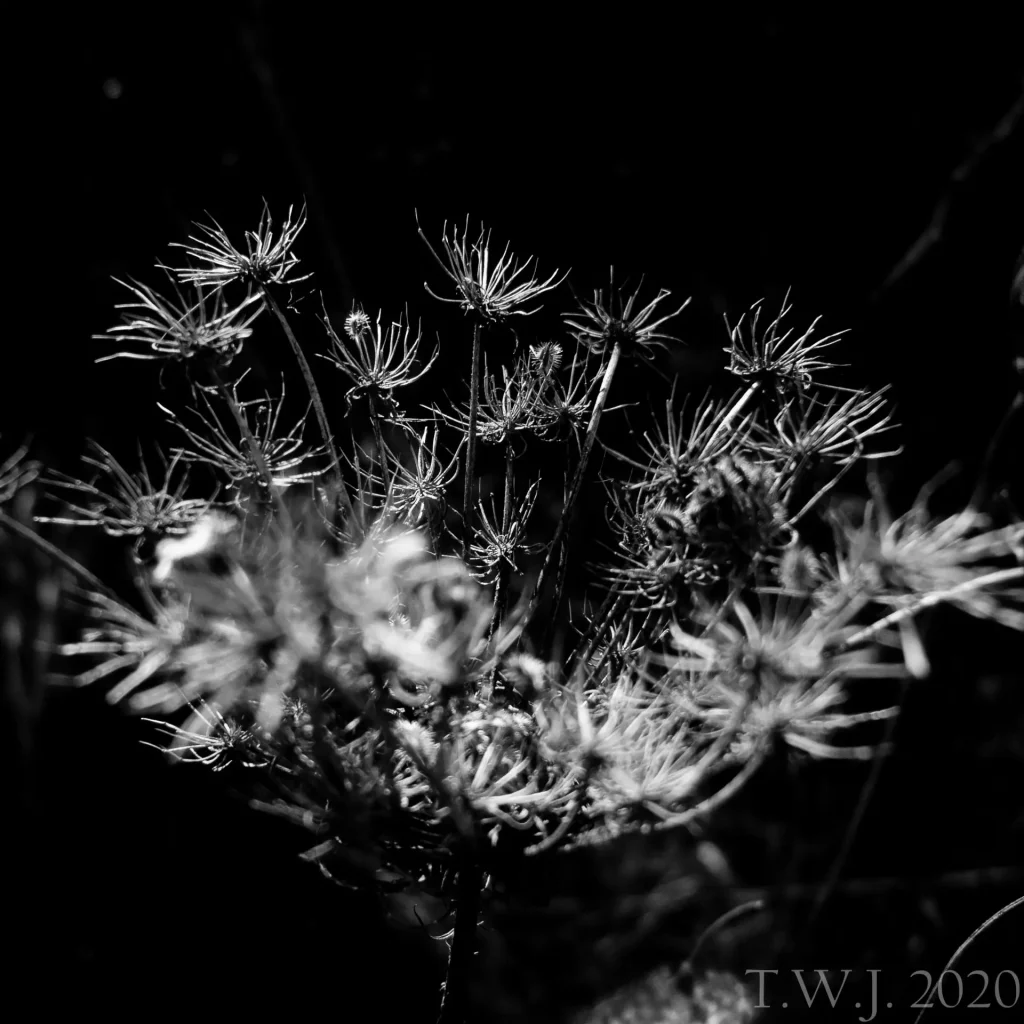
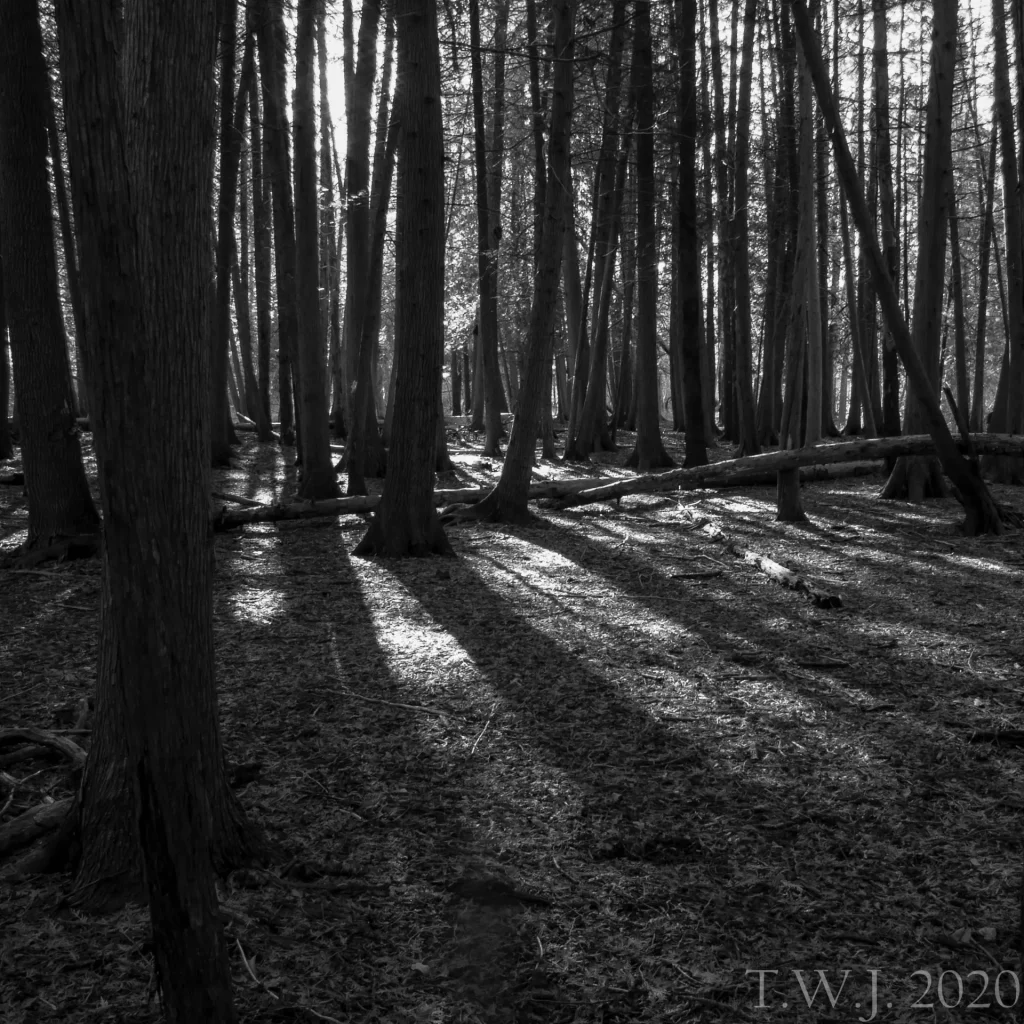
Moody and Delightful
The camera creates some quite lovely, moody images. I have spent much time with this camera, and have come to discover I am not really into its color rendition. The E-900 excels here. Where the Fujifilm E-550 is best in the monochrome realm. I am simply delighted by the results produced.
I am also delighted in the fact that the camera is capable of capturing the memories the way I see them in my mind. This is memory quality exemplified.
FujiFilm E-550 pros & cons
What I Like about the Fujifilm E-550
- Style and aesthetic on point…more so than the E-900. Too bad the E-900 was not shaped just like this, but just in black.
- The camera is a camera
- Ergonomics
- RAW capture
- Spartan, yet functional menu system
- Use of adapter ring!
- ‘AA’ batteries
What I am not into
- Lack of metal tripod mount
- 3 second exposure maximum
- Wish there was an ISO 50 option
- Viewfinder dim like other in line
- Color not accurate (though my perception of color is a bit off….take this with a grain of salt)
As a landscape photographer, I enjoy cameras such as the Fujifilm E-550 . It fits in a jacket pocket, is extremely light, and is capable of intriguing results. In some ways its superior to the E-900, but in other’s it lags behind. It also has traces of its E-500 lineage.
Ultimately, the Fujifilm E-550 is a camera. Nothing more, nothing less.
Share this post:









Comments
Bill Mattocks on FujiFilm E-550 Review – A Balancing Act – By Adam Kendall
Comment posted: 28/12/2020
Comment posted: 28/12/2020
Ralph Turner on FujiFilm E-550 Review – A Balancing Act – By Adam Kendall
Comment posted: 28/12/2020
Comment posted: 28/12/2020
benjaminfargen on FujiFilm E-550 Review – A Balancing Act – By Adam Kendall
Comment posted: 28/12/2020
Once again, this article clearly shows it's all about the photographer and not the gear.
Well done sir!
Benjamin Fargen
Comment posted: 28/12/2020
Patrick Abe on FujiFilm E-550 Review – A Balancing Act – By Adam Kendall
Comment posted: 28/12/2020
Film expiration dates had driven me to consider digital cameras, since the film I had on hand was past it's "use by" date. The E-500 worked for casual photography, since I was a "record keeper" rather than an Artist. I didn't use the monochrome option, since I'd been a black-and-white print maker in the days of Agfa Protriga Rapid and Polycontrast papers.
It didn't "do Kodachrome" without some image settings, but it was close enough to Kodacolor. I discovered Lithium AA cells for "rapid sequence" and flash photography. Limitations of this entry-level P&S camera led me to look at DSLR cameras. I discovered a Nikon D40 kit on sale at Radio Shack, and it led back to using Nikon AI lenses manually. I went from the 3MP Fuji E-500 to the 6MP Nikon D40, and, eventually the 16MP Nikon D7000. It's been an interesting digital still photography journey, but it's not as interesting as film photography.
Maybe it's time to send the Nikon FM2 for a CLA session, and see what Ektachrome E100 is like.
Comment posted: 28/12/2020